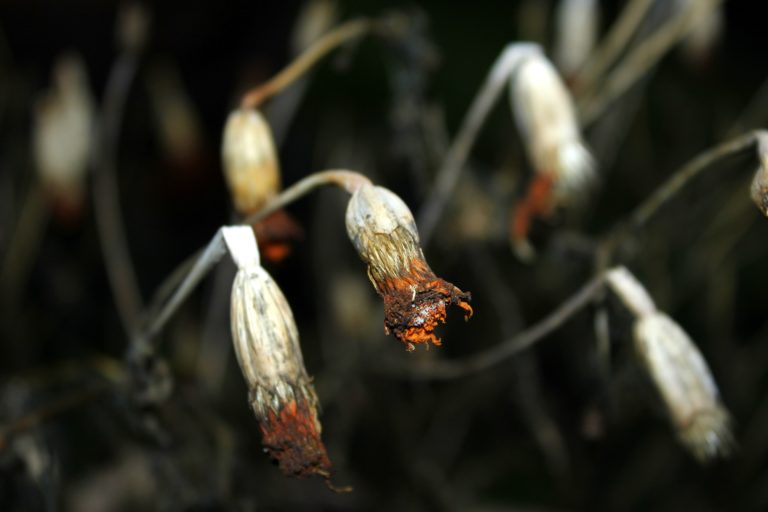A jaw-dropping 40% of the world’s plant species are at risk of going extinct. Deforestation, new harmful pathogens and global emissions disrupting the climate system are all to blame, according to the latest ‘State of the World’s Plants and Fungi 2020’ report, conducted by the Royal Botanic Gardens Kew.
Previous research conducted on the topic done in 2016 showed that around 20% of the world’s plant species were under threat of extinction. However, the latest report, which sourced information from 210 scientists in 97 institutions from 42 countries revealed that percentage has grown exponentially over recent years.

According to RBG Kew, ‘Deforestation rates have soared as we have cleared land to feed ever-more people, global emissions are disrupting the climate system, new pathogens threaten our crops and our health, illegal trade has eradicated entire plant populations, and non-native species are outcompeting local floras.’
Plant species harvested for medical use are among those that we know are facing extinction. This is due to the ever-growing demand for naturally derived medicines. CNN reports that over 5,400 medicinal plants were assessed in the study, with 723 under serious threat.
The report recommends governments around the world provide more funding for projects which would assist in finding, naming, and conserving plant and fungi species that could provide solutions to issues like food insecurity and climate change, before they go extinct.
According to the study, humans rely on around 15 plants to serve 90% of our food needs, this lack of diversity only adds to the problem of malnutrition which many countries around the world face. Scientists at RBG Kew have already identified over 7,000 species of plant that humans could use as a source for food.
‘Harnessing this basket of untapped resources for making food and production systems more diverse and resilient to change, should be our moral duty to current and future generations,’ said Stefano Padulosi, former Senior Scientist at the Alliance of Biodiversity International and the International Center for Tropical Agriculture.
Figures are similar when it comes to the issue of energy production. Maize, sugarcane, soybean, palm oil, rapeseed and wheat are used to produce 80% of global biofuel. However, once again researchers have identified 2,500 different plant species that can be used to produced alternative energy.
If scientist are able to find a way to harvest energy from these 2,500 different plant species, they could provide affordable energy to over 840 million people who currently don’t have to electricity.
Click here to take a look at the full report.
Picture: Pixabay

















